How to Wash Hair Without Shampoo and Embrace No Poo
Updated on
This post may contain affiliate links. As an Amazon Associate, we may earn from qualifying purchases.
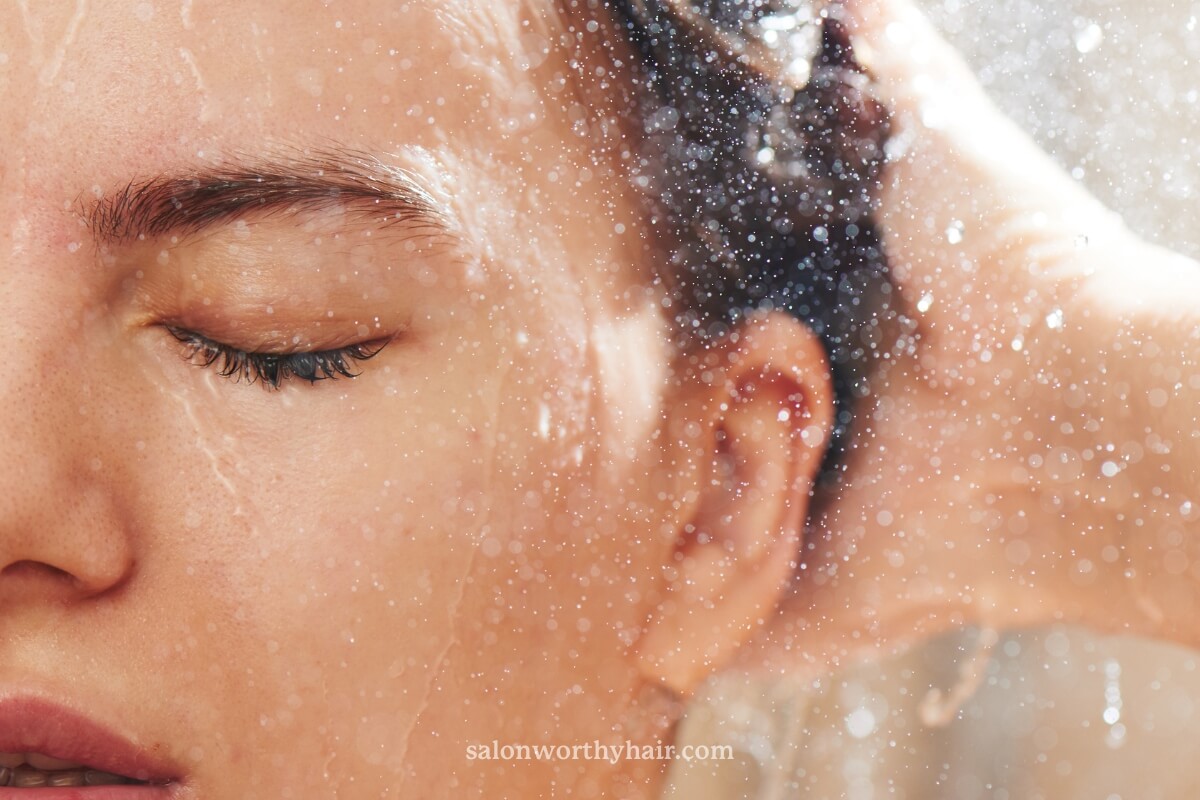
If you learn to wash your hair without shampoo, you’ll be surprised by how easy it is to maintain without breaking the bank!
Not only is it cost-effective, but it can also reduce the number of chemicals you expose your hair to.
I’ve been doing it for a while now, and …
- My hair does not feel dry.
- I don’t have to spend ages blow drying.
- I have less flyaways and split ends.
- My hair takes less time to style.
- And it retains moisture well.
The reason I started this experiment was to embrace a low-maintenance hair care routine. Plus, factoring in the benefits of reducing exposure to chemicals like parabens and sulfates, I thought it was totally worth a shot.
Hair washing without commercial shampoo, also known as No Poo, is a movement that encourages people to eliminate or reduce the use of synthetic shampoos.
According to No Poo advocates, shampoo removes the scalp’s natural oil (sebum), which stimulates the sebaceous glands to produce more oil to make up for the loss. This leads to a vicious cycle of dependency on frequent washing.
The movement is also about being frugal, eco-friendly, and sustainable by reducing waste created by commercial hair products.
This alternative haircare method was a bit of a challenge for me, but I learned a lot of good things about my hair along the way.
And I am sure you will too.
So let me show you how to wash your hair without shampoo with 7 alternatives you can try.
1. Use Water Only to Wash Your Hair
Water only washing eliminates the need for commercial shampoos and helps to maintain the hair’s natural oils. It is the purest approach within the No Poo method.
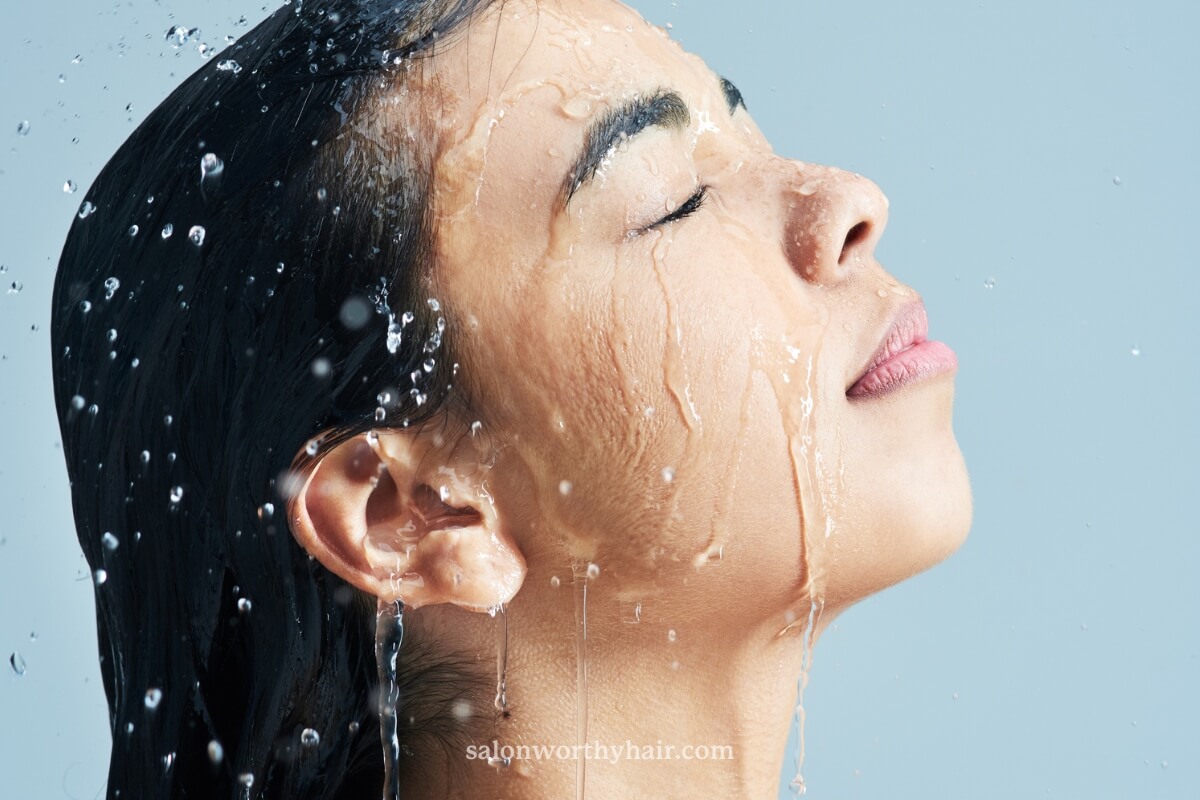
The process involves massaging the scalp with warm water to loosen dirt and buildup and then rinsing the hair thoroughly.
There are 3 fundamental principles to follow with the water-only hair washing method:
- Scritch.
- Preen.
- Brush.
- Scritch
- Scritching involves using your fingertips to gently scratch the scalp in circular movements to help dislodge dirt, buildup, and dead skin cells. It must be done for at least 3 minutes.
- Preen
- Preening is a method of distributing the scalp’s natural oil (sebum). Simply grab a few strands of hair at a time with two fingers, start at the roots, gently pinch your fingers, and glide them down.
- Brush
- In the water-only washing method, brushing is crucial in ensuring that the hair is lubricated with sebum from root to tip. A boar bristle brush is used to pull sebum from the scalp and distribute it evenly along the hair’s length.
This process is also known as the sebum coating method.
A boar bristle brush not only spreads the scalp’s natural oil but also helps to remove some excess product, dust, and lint. Although it may not be as effective as shampoo, it’s a good option to clean hair and scalp without shampoo on days when you’re not washing your hair.
That’s why the boar bristle brush is considered an excellent no poo brush.
Once you’re done with scritching, preening, and brushing, it’s time to wash your hair. Follow the steps below …
How to wash hair with just water:
- Set the water temperature to lukewarm (not hot).
- Wet your hair thoroughly.
- Use fingerpads to gently scritch in quick motions.
- Let the warm water loosen up the oils at the roots.
- Preen while the water runs through the hair.
- Rinse the hair.
- Do a quick cold water final rinse.
- Gently towel dry your hair to remove excess water.
- Let your hair air dry.
- Hydrate your ends (Use argan oil).
- Style as usual.
You may have noticed that I did not mention using a conditioner in the steps above. Using a conditioner is totally up to you. If you’ve decided to stop using shampoo – I guess you’ll not be using a conditioner, too, due to the chemicals.
So here’s a simple homemade conditioner you can try:
Mix the pulp of a ripe avocado with honey and olive oil and voila!
You got chemical-free hair conditioner that’s rich in fatty acids, humectants, and vitamins.
It may take time to get used to water-only washing, but you have to trust the process.
If you still struggle with excess buildup after a few weeks, consider using a clarifying shampoo once a month to help you transition.
2. Use Conditioner Only to Wash Your Hair (Co Wash)
Co-washing, short for conditioner washing, is a method of washing hair without shampoo. Instead, a conditioner or a cleansing conditioner is used to gently cleanse the hair. This method is particularly popular among people with curly, textured, and relaxed hair because it helps with moisture retention.
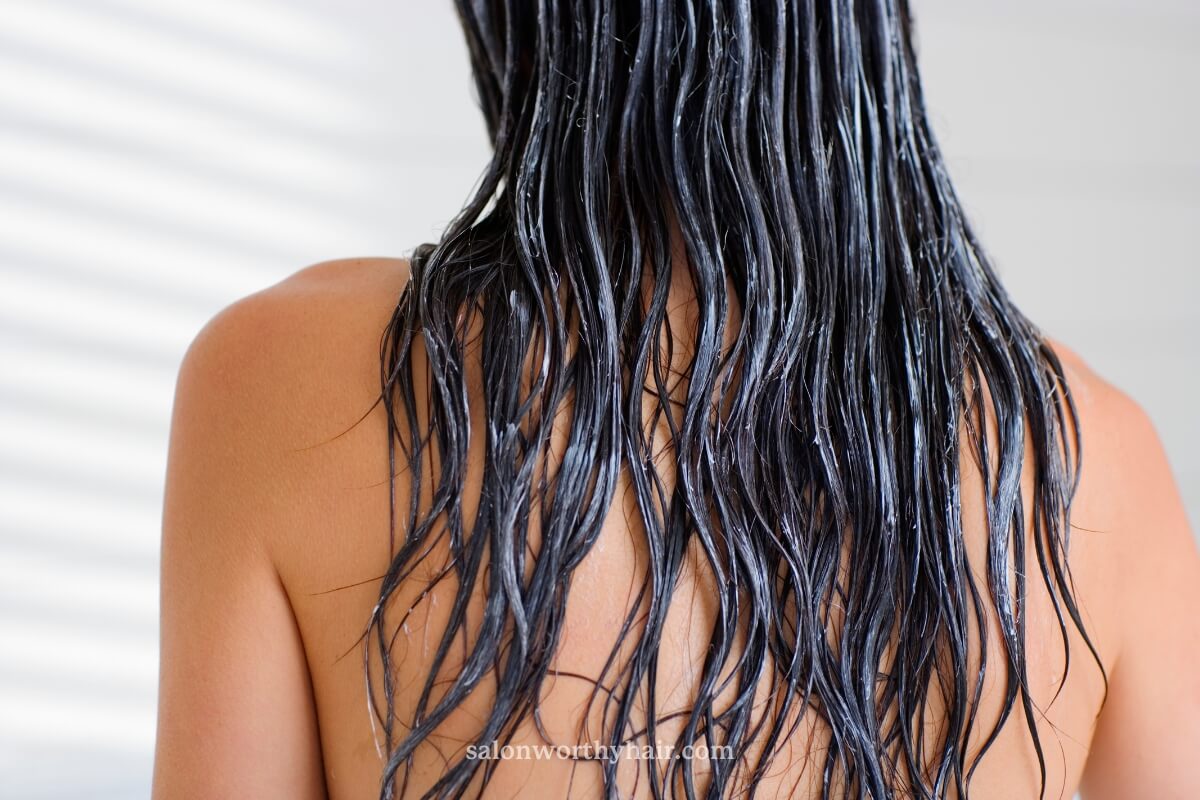
The difference between shampoo and conditioner is that shampoo strips the hair with detergents and surfactants. In contrast, conditioner uses oils, silicones, and acidic agents to smoothen and rebalance the hair.
How to co wash:
- Wet hair thoroughly with warm water.
- Apply a generous amount of conditioner to the scalp.
- Gently massage for a few minutes.
- Work the conditioner down the length of the hair, and distribute it evenly.
- Leave the conditioner on the hair for about 5 minutes.
- Rinse the hair thoroughly with warm water until all the conditioner is removed.
- For thick or curly hair, detangle with a wide-toothed comb.
- Gently squeeze out excess water from the hair with a towel.
- Apply a leave-in conditioner or styling product and style the hair as usual.
Recommended:
EDEN BodyWorks Coconut Shea Cleansing Cowash
The Eden BodyWorks is an excellent cleansing co wash that breaks down residue and buildup while also moisturizing the hair with coconut oil, aloe vera, and shea butter.
Related:
3. Rinse Your Hair With Apple Cider Vinegar
Apple cider vinegar (ACV) rinse is often used as a shampoo alternative because of its ability to break down and gently exfoliate dirt from the hair and scalp.
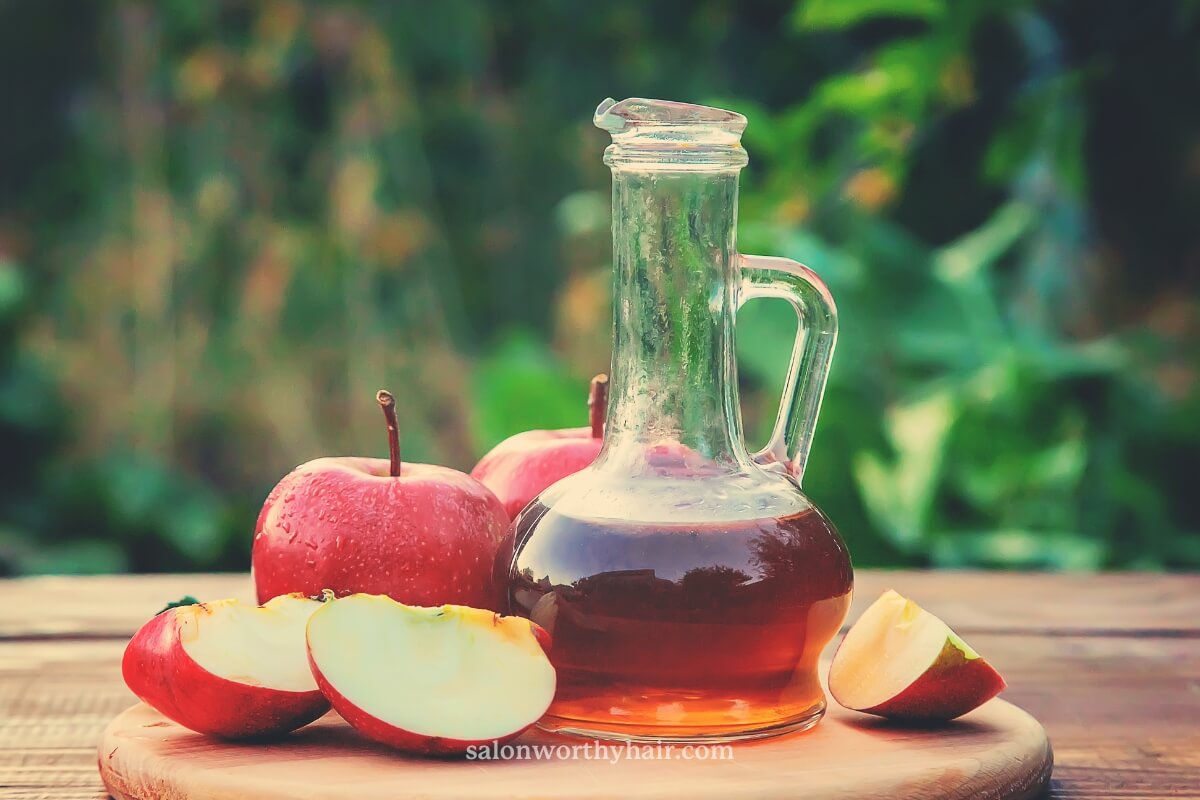
Here’s how and why it works:
Apple cider vinegar is a potent acetic acid and malic acid vinegar made from fermeted apple juice. It’s acidic nature creates acid hydrolysis, a chemical reaction that breaks down and dissolves the mixture of dirt and sebum by donating positively charged hydrogen ions.
This process is similar to how soap works to break apart and remove dirt and oil from the skin.
How to use apple cider vinegar to wash hair:
- Mix 2-3 tablespoons of apple cider vinegar with water.
- Pour the mixture onto your head.
- Be careful with your eyes – Keep them closed.
- Let it sit for 2-3 minutes.
- Rinse out thoroughly.
Apple cider vinegar rinse can be used once or twice a week, depending on the individual’s hair type and needs. It is recommended to start once a week and gradually increase the frequency if needed.
Overusing an apple cider vinegar rinse can dry the hair out because of its acidity. So use it in moderation.
Another problem with doing apple cider vinegar rinse is the pickle-like smell, which is quite strong. Not everyone likes it.
It can be hard to get used to the smell, but it will disperse once your hair has dried.
Here are a 2 ways to deal with it:
- Rinse your hair with cold water: Hot water will intensify the smell and make it linger longer. Rinse the hair with cold water instead.
- Use a few drops of essential oils: Add essential oils to the rinse, such as lavender or peppermint to mask the smell of vinegar.
If you don’t fancy using vinegar, you can use diluted lemon juice as an alternative.
4. Clean Your Hair With a Baking Soda Wash
Baking soda is a common ingredient used in the No Poo method as an alternative to shampoo. When mixed with water, it forms a mildly abrasive paste that can exfoliate the scalp.
The problem with baking soda is that it has a pH value of 8.3, which is mildly alkaline. It can strip the hair dry, causing brittleness.
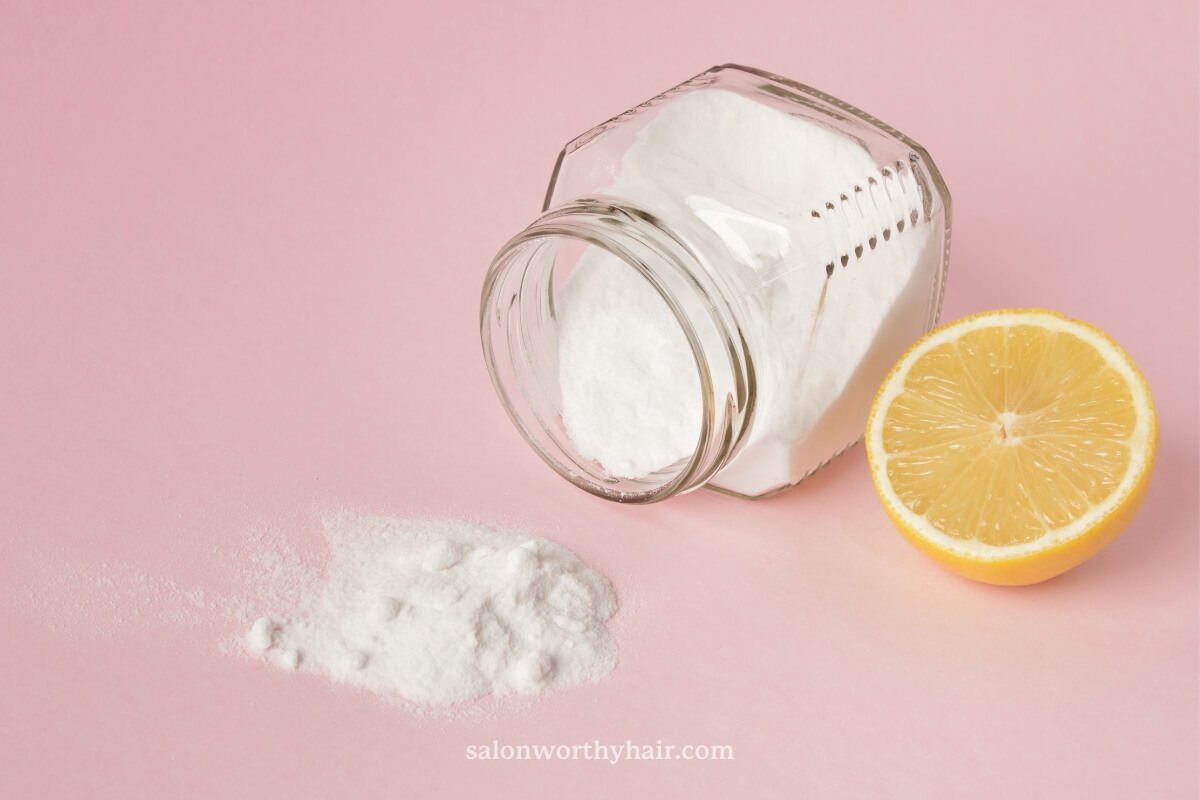
I am not a big fan of it.
But if this is something you want to try, I would suggest to use it sparingly and follow up with a natural balancing treatment like apple cider vinegar or a deep conditioning mask to restore moisture to your hair.
How to use baking soda to clean the hair and scalp:
- Mix baking soda with water.
- Mix 1 tablespoon of baking soda with 1 cup of warm water to create a paste in a small bowl.
- Apply the paste.
- Start at the roots and keep it close to the scalp only.
- You don’t need to scrub the length of your hair with it.
- Let the paste sit for 1-2 minutes
- Rinse thoroughly with warm water.
- Do it only once every two weeks.
5. Wash Your Hair With Goat Milk Soap
Goat milk soap can be used as a shampoo alternative due to its alpha-hydroxy acids (AHAs) composition.

Alpha hydroxy acids (AHAs) are a group of natural acids commonly found in various fruits, milk, and sugarcane. They are used in skincare products as an exfoliating agent to remove dead skin cells, unclog pores, and improve skin texture.
When used in haircare products, AHAs break down the bonds between dirt particles and styling product residues that are attached to the hair, allowing them to rinse out.
How to clean hair and scalp with goat milk soap:
- Get your hair wet with warm water.
- Wet the goat milk soap bar and lather it on your hands until you get a creamy foam.
- Apply the foam to your scalp and hair.
- Massage it gently with your fingertips.
- Distribute the soap evenly throughout your hair.
- Rinse out thoroughly with warm water.
- Gently towel-dry and style it as usual.
Using goat milk soap as a shampoo alternative may take some time for your hair and scalp to adjust to the natural ingredients. Be consistent and patient.
Please Note:
If you suffer from conditions such as scalp inflammation, itchy scalp, or other sensitive skin issues, be cautious and do a patch test before use.Bend Soap Handmade Goat Milk Soap
This all-natural handmade soap does not contain sulfates (SLS), dyes, alcohols, parabens, phthalates, or GMOs. It’s made with fresh goat’s milk, coconut, olive, and palm oils, and a dash of tea tree essential oil, making it an excellent shampoo that won’t leave your hair dry.
6. Clean Your Hair With Light Rye Flour
Rye flour can be used as a natural shampoo alternative due to its cleansing properties, including saponins, a type of natural surfactant.
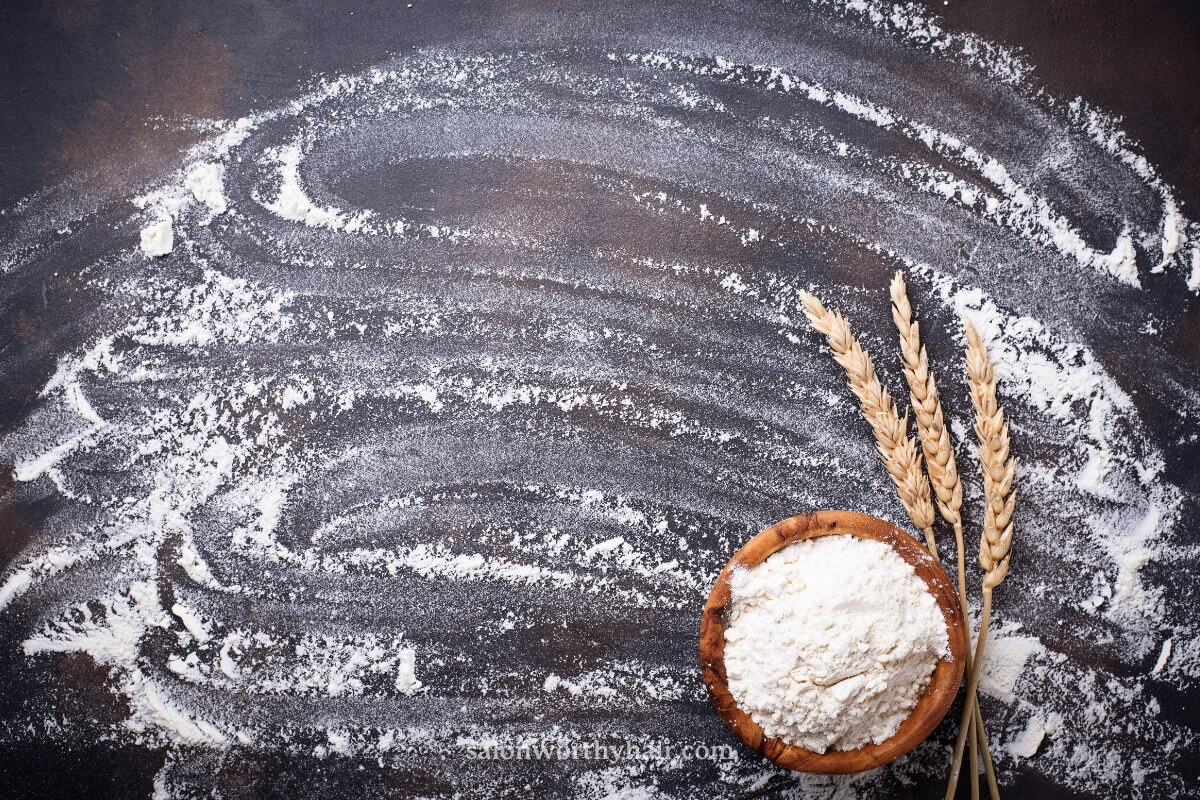
Saponins are natural compounds found in many plants, like soapnuts, yucca, and quinoa. They are known for their ability to create a lather when mixed with water, just like shampoo. They work by attaching themselves to dirt and oil particles and lifting them away from the hair and scalp, allowing them to rinse away.
Unlike traditional shampoos, saponins are gentle. They don’t dry out the hair.
Saponins also have anti-inflammatory and antioxidant properties that can provide effective relief for scalp irritation and dandruff.
How to use rye flour as a shampoo alternative:
- Mix a few tablespoons of the flour with warm water to create a thick paste.
- Apply the paste to your hair and scalp.
- Massaging it gently before rinsing it thoroughly with water.
For extra benefits, you can add essential oils to the mixture.
7. Freshen Your Hair With Dry Shampoo
Dry shampoo can be a time-saver. It doesn’t require water and can be used on the go or in situations where washing hair with water is not practical, such as when camping or traveling.
Unlike traditional shampoo that uses surfactants to lather the hair and scalp to cleanse, dry shampoo absorbs the dirt without stripping away the hair’s natural oils.
While it’s a good alternative for keeping the hair clean, it is not a shampoo replacement. Whichever method you choose above, like water only washing or acv rinse, follow that routine and do not rely solely on dry shampoos.
Plus, if you want to be eco-friendly and eliminate chemicals in your hair care routine, pick a dry shampoo that contains clean ingredients.
Here’s an organic dry shampoo to try:
Briogeo Scalp Revival Charcoal Dry Shampoo
Benefits of Washing Hair Without Shampoo
Less Oil Buildup
Once the scalp adjusts to a less aggressive sebum-stripping hair-washing routine, it optimizes sebum production. The sebaceous glands do not need to work harder to compensate, reducing oil buildup on the scalp.
Hair Feels Smoother and Softer
The longer you go without shampooing, the more your hair will be able to retain its natural oils. You’ll notice your hair feeling softer, smoother, and more elastic.
Less Frizz and Less Tangles
Hair tends to be frizzier when dry and has been stripped of natural oils. When shampooing is reduced or eliminated, the hair can retain more moisture, making it easier to style and manage.
The outer layer of the hair shaft is like a rough surface, which causes hair strands to rub against other, creating tangles. When the hair surface is well lubricated with sebum, the hair can glide past each other smoothly.
This is what happens when you stop using shampoo. The scalp regulates its oil production better. With more natural oils lubricating the lengths of the hair, there is less chance of tangles and the hair feels smoother.
Better and Healthier Hair
Most people who adopt the no poo method claim that their hair looks and feels better. They feel the texture is richer, the color looks more vibrant, there is less brittleness and split ends, and there is less scalp dryness and irritation.
You Save Money
It may not be the biggest benefit, but still. You can save yourself some money not buying shampoo. You may have to spend a bit on the DIY ingredients, but they are way cheaper in comparison.
Results and What to Expect
According to dermatologists, the scalp stops its sebum production after 5-7 days of not washing. So you have to give it time to adjust.
After a week or so, you should see a noticeable difference in how your hair looks and feels.
Once your scalp self-regulates and optimizes its sebum production, it functions better to lubricate the length of the hair, improving its texture, elasticity, and softness.
You will also notice how low-maintenance your hair becomes as you won’t need as many products to style and manage your hair.
Things to Consider Before Going No Poo
Hair Type
Your hair type is an important factor to consider. If you have greasy hair, you may find it more challenging to go No Poo, as the hair tends to become greasy more quickly after washing. On the other hand, people with dry hair may find that their hair becomes more manageable and less prone to breakage when they stop using shampoo.
It’s worth experimenting to figure out how your hair adapts without shampoo.
Scalp and Hair Condition
If you have scalp conditions such as dandruff, psoriasis, or experiencing hair loss, you may need to speak to a dermatologist or trichologist before making any significant changes to your haircare routine.
Color-Treated Hair
If you have color-treated hair, consider the potential risks of going No Poo and select alternative cleaning methods that are gentle and won’t strip the color. For example, using baking soda as a shampoo alternative may cause your hair color to fade faster.
Be aware of the potential challenges during the transition period and wait until the color has fully set before making any changes to your hair care routine.
Frequency of Hair Washing
Hair washing frequency varies depending on hair type. Someone with oily hair can wash their hair daily, while someone with thinning or dry hair should not. The No Poo method is designed to achieve clean hair without depending on a daily washing routine. Therefore, if your hair and scalp condition is not used to skipping shampoo for a day or two, adjusting may take some time.
The beauty of the No Poo method is that it can be used to transition to healthier hair without making drastic changes all at once.
Are You Ready to Go Shampoo-Free?
There are many ways to get clean and healthy hair without using shampoo. Natural ingredients like apple cider vinegar, baking soda, aloe vera, or water only washes can be better alternatives to shampooing.
Whatever method you choose, be patient and listen to your hair.
About the Author
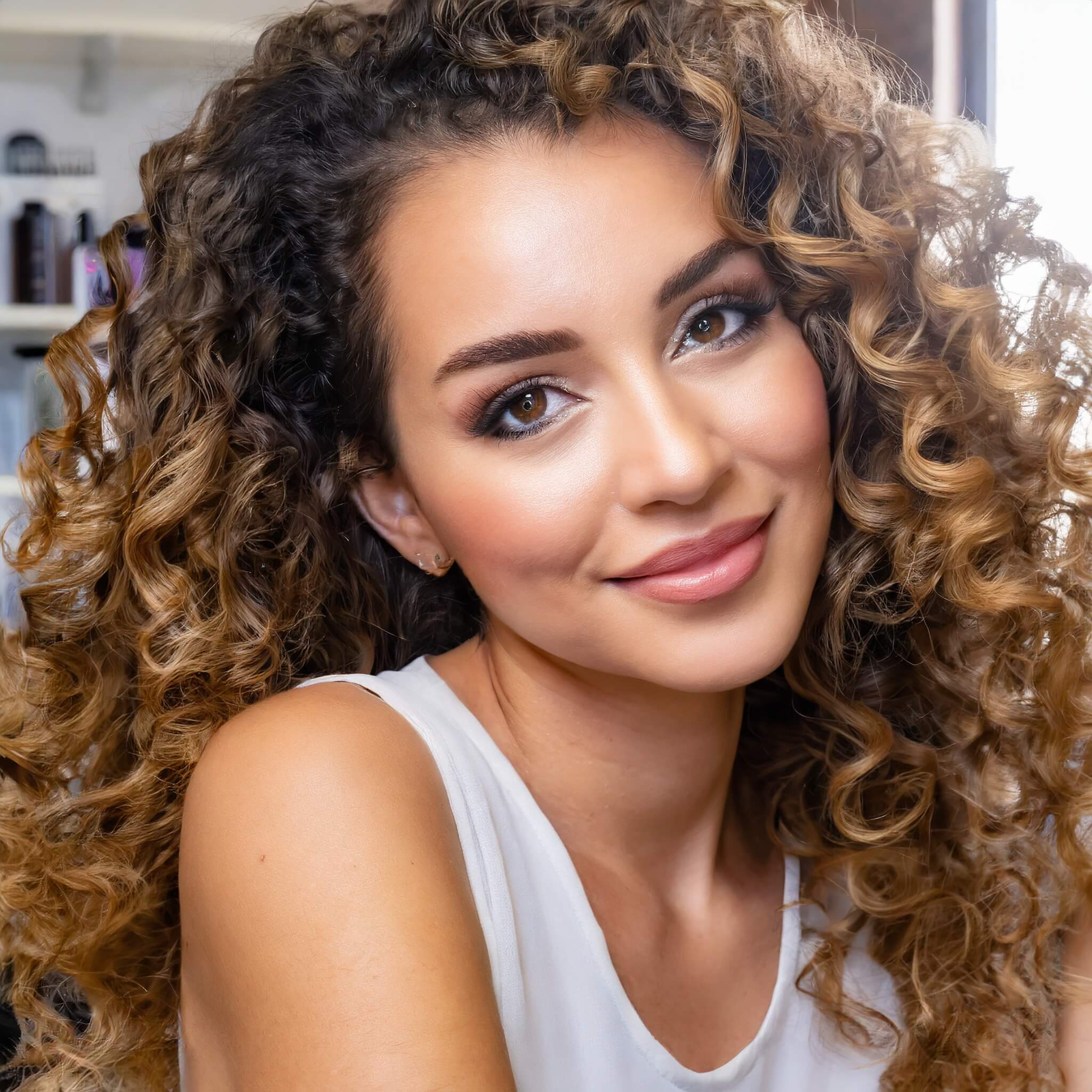 Camelia Smith
Camelia SmithCamelia Smith can color hair, perform keratin treatments, bleach hair, and even cut curly hair. She is our go-to person whenever we have hair treatments and styling questions.
She's also currently training as a freelance makeup artist and is passionate about helping others feel beautiful in their skin. When she's not writing or doing hair, she's usually spending time watching British period dramas.


